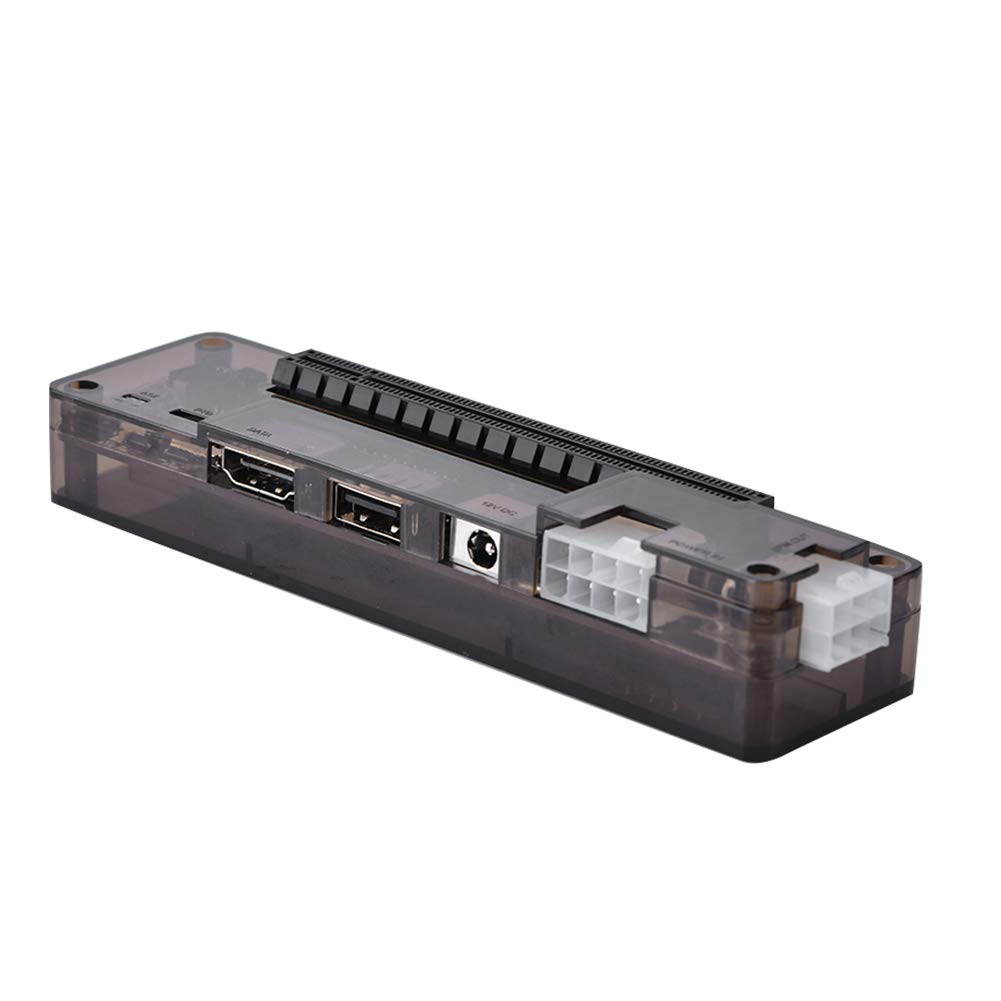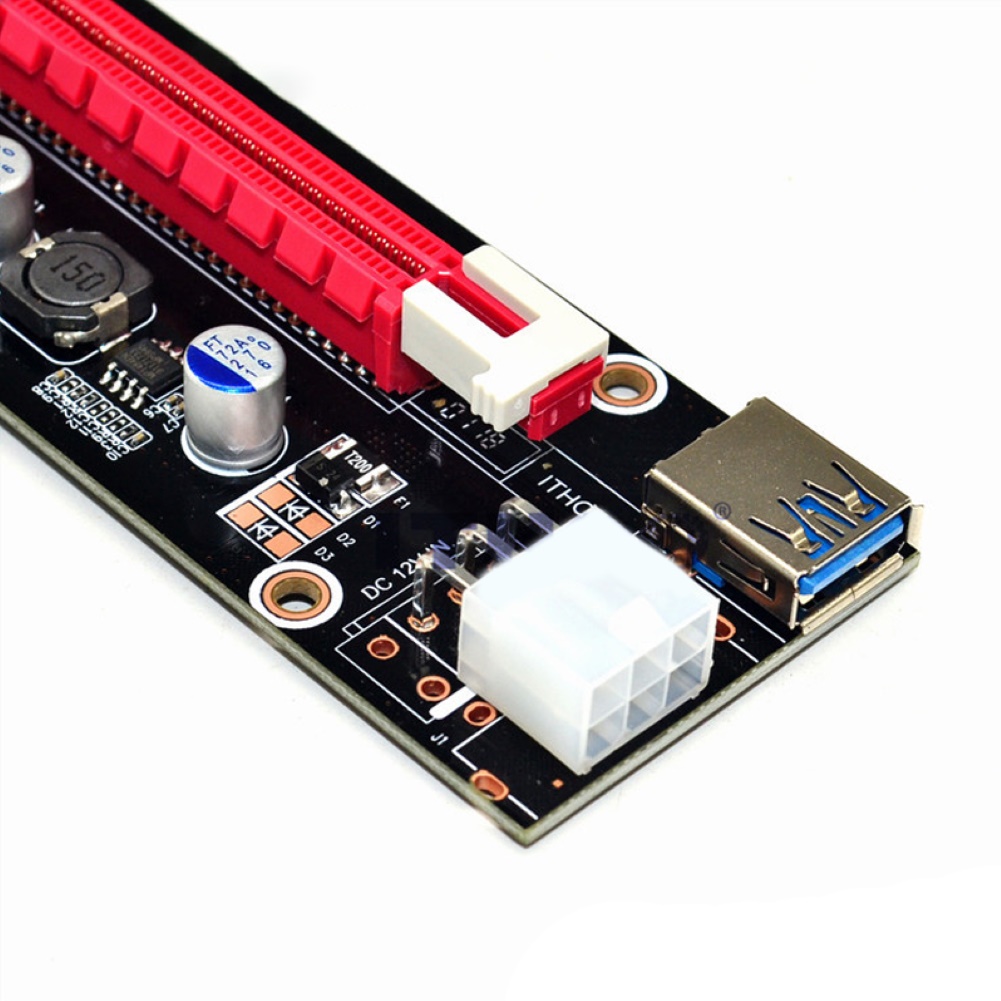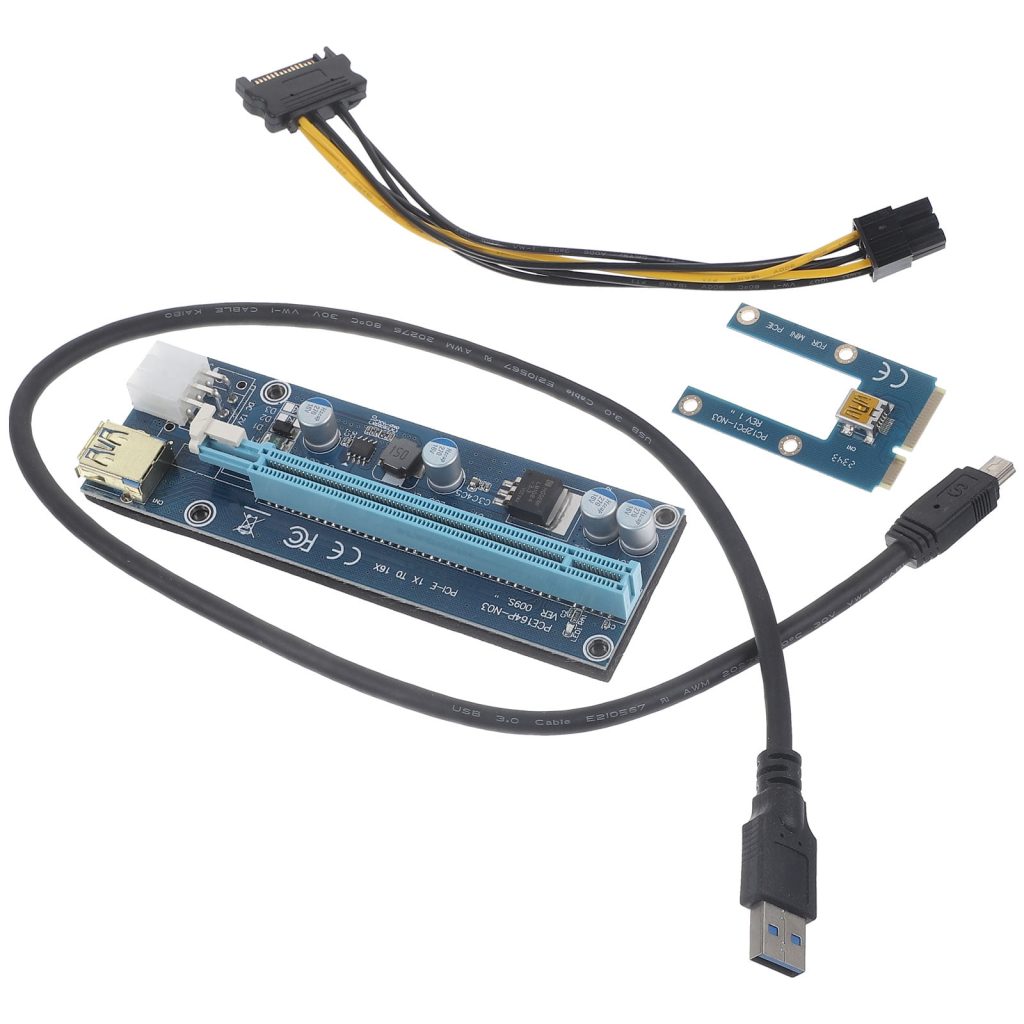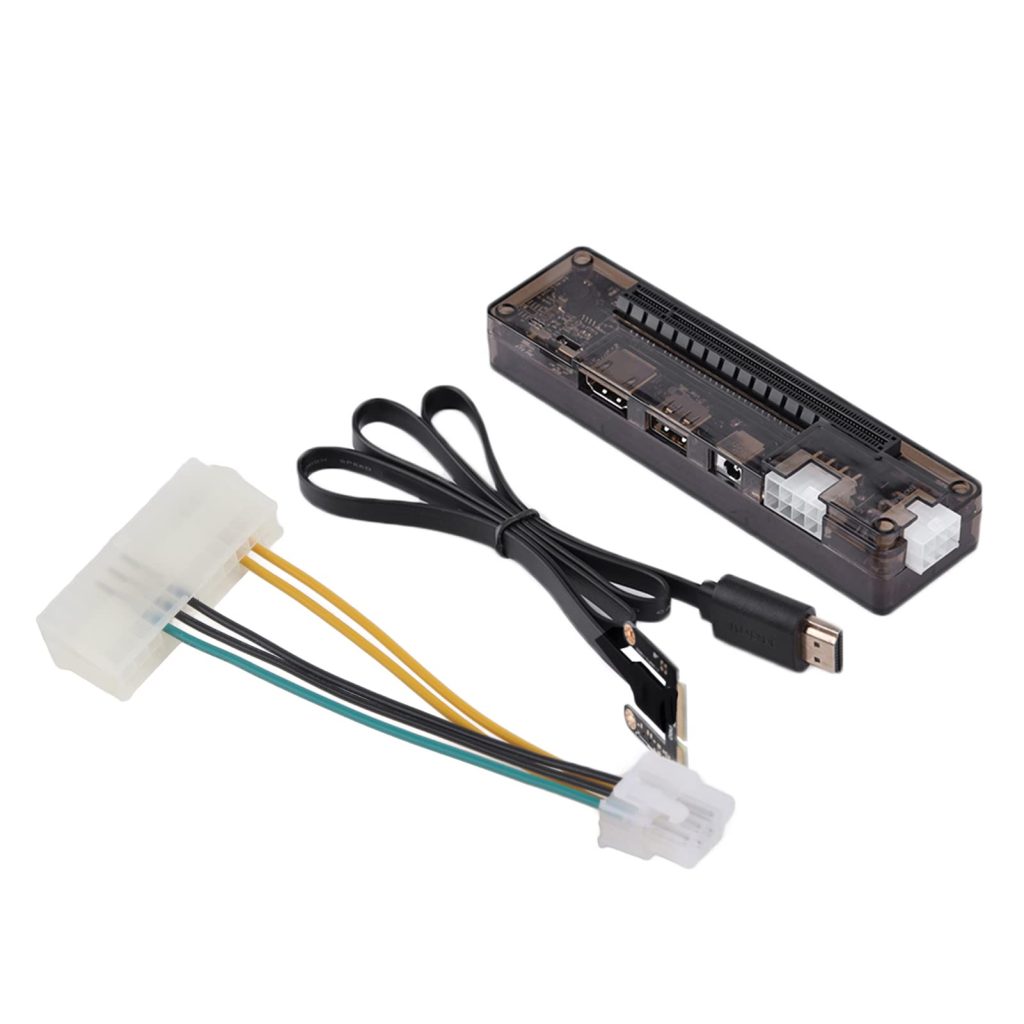Known for their compact size and convenience, external graphics card for mini pc are a popular choice in 2024 for users who prioritize simplicity and portability in their workspace. However, their small form factor often limits their performance, particularly in graphics-intensive tasks. Fortunately, external graphics cards (eGPUs) offer a solution to this dilemma. They enable users to upgrade their mini PCs’ graphic capabilities without the need to invest in a larger desktop system. This article explores the top eGPU options that can turn your mini PC into a powerhouse for gaming, video editing, and more.

Criteria for Selecting an eGPU
Compatibility and Connectivity
The first step in choosing an eGPU is ensuring compatibility with your mini PC. Check the eGPU’s required connection type, often Thunderbolt 3 or USB-C, and verify that your mini PC has the necessary port. It’s also vital to ensure that the eGPU’s enclosure is compatible with various graphics card brands and models, offering the flexibility to upgrade the card in the future as needed.
Power and Performance
Consider the power supply unit (PSU) specified for the eGPU enclosure, as it needs to provide sufficient power for your chosen graphics card. Additionally, research the GPU’s performance benchmarks to ensure it meets your requirements for graphics processing power. This ensures that your mini PC setup will get a significant performance boost for tasks such as 3D rendering, gaming at high resolutions, or running VR applications.
Best eGPUs on the Market
The Powerhouse: Razer Core X Chroma
Razer’s Core X Chroma eGPU is a popular choice for many users, providing a blend of power and usability. It supports a wide range of PCI Express graphics cards in pc and comes with a robust 700W PSU to ensure adequate power. The Chroma feature adds customizable RGB lighting, which is a visual bonus. The Core X Chroma also includes additional USB ports and a Gigabit Ethernet port for connectivity, making it a versatile addition to your setup.
Portable Performance: Akitio Node
For those who need a more portable eGPU solution, the Akitio Node is a strong consideration. This eGPU is compact and lighter than many other options, making it easier to transport alongside a mini PC. It offers a straightforward plug-and-play experience with Thunderbolt 3 connectivity but has a lower power PSU, meaning you’ll need to ensure that your chosen graphics card is compatible with its power output.
Setting Up Your eGPU
Installation and Driver Updates
After purchasing your eGPU, setting up involves attaching the enclosure to your mini PC via the Thunderbolt 3 or USB-C connection. Install the graphics card into the eGPU enclosure, then connect it to your mini PC. Next, download and install the latest drivers for the graphics card and any software required for the eGPU’s operation. This will ensure that your system recognizes the new hardware and utilizes it effectively.
Optimizing System Settings
Once installed, tweak your system settings to ensure that your mini PC uses the eGPU as the primary graphics processor. You may need to adjust settings in your PC’s BIOS, or through the operating system’s display settings. In addition to these technical adjustments, consider optimizing the graphics settings in your applications and games to take advantage of the increased graphical power.

Upgrading and Maintaining Your eGPU
Future-Proofing and Upgradability
Choosing an eGPU enclosure with standardized connections and compatibility ensures you can upgrade the graphics card later on to keep up with advancing technology. As new generations of GPUs are released, the ability to swap out the card in your eGPU can extend the life of your mini PC setup and boost its performance further.
Maintenance and Care
Keep your eGPU in excellent condition by regularly cleaning the enclosure and ensuring proper ventilation to prevent overheating. Check for firmware and driver updates to maintain compatibility with your mini PC and new software or games. Taking good care of your eGPU will ensure you get consistent performance without unexpected interruptions or degradation over time.
Enhancing Mini PC Functionality with eGPUs
Streamlining Professional Workflows
For creative professionals or those involved in computational workflows, an external graphics card for mini pc can be a transformative addition to their mini PC setup. Video editing, graphic design, and data analysis traditionally require workstation-level power that mini PCs can’t offer natively. With the external graphics acceleration provided by an appropriate eGPU, these tasks become significantly more manageable. The eGPU can expedite rendering times, enable complex visual effects, and support multiple high-resolution displays, thereby streamlining the entire creative process.
Considerations for Gamers
Gamers can benefit from an eGPU’s ability to unlock high-resolution gaming and improved frame rates. When pairing a mini PC with a high-performance eGPU, the gaming experience becomes comparable to that of a full-sized gaming rig. However, it’s important for gamers to analyze not only the GPU’s raw power but also the data bandwidth of the eGPU connection. Thunderbolt 3 connections, for instance, offer high bandwidth, ensuring minimal performance loss compared to an internally mounted graphics card. Taking these parameters into account ensures a satisfying gaming experience without needing a large, dedicated gaming PC.

Preparing for Technological Advances
The tech industry is rapidly advancing, with new hardware and software releases occurring regularly. To keep up, users should regard their eGPU selections with an eye towards future trends, such as the rising popularity of 4K gaming and virtual reality applications. Ensuring that the eGPU enclosure supports the latest graphics card interfaces and that the selected GPU has enough processing power to handle upcoming technologies is crucial. This forward-thinking approach helps users avoid premature obsolescence of their hardware and positions them well to embrace the next generation of digital innovation.
The integration of an eGPU with a mini PC card represents a pivotal shift in how we perceive compact computing, breaking the mold of limited performance in small-sized systems. This fusion allows users to enjoy the best of both worlds—portability and performance—without significant compromises. As technology continues to evolve, the synergy between mini PCs and eGPUs will likely become even more seamless, offering users unprecedented flexibility in how they build and upgrade their computing environments. Whether it’s through enhancing gaming experiences, streamlining professional workflows, or simply keeping pace with technological progress, the strategic addition of an eGPU to a mini PC setup is a smart move toward future-proof computing in an ever-demanding digital age.
Notes on installing an external graphics card
Installing an external graphics card is an effective way to enhance the graphics performance of laptops or PCs lacking dedicated graphics capabilities. External graphics card enclosures offer the convenience of portability and upgradability. However, it is crucial to consider several factors to ensure a successful installation and compatibility with your system.
System Compatibility:
Ensure that your laptop or PC meets the requirements for using an external graphics card. The device should have a compatible port, typically Thunderbolt 3 or USB Type-C with PCIe support. Check the manufacturer’s specifications or consult their website to determine if your laptop or PC is compatible with an external graphics card enclosure.
Power Requirements:
Verify that your laptop or PC can provide sufficient power for both the external graphics card and the enclosure. External graphics card enclosures usually have a power supply unit (PSU) integrated within them. Ensure that your laptop or PC’s power supply can handle the additional power requirements of the enclosure.

Connectivity Options:
Choose an external graphics card for mini pc enclosure that has the appropriate port and recommended bandwidth capabilities for your system. Thunderbolt 3 offers the best performance and compatibility, providing the highest data transfer rates. USB Type-C with PCIe support can also be used, but its bandwidth may be limited, affecting the graphics card’s performance.
Driver Installation:
Prior to connecting the external graphics card enclosure, ensure that you have the necessary driver software installed on your laptop or PC. Consult the manufacturer’s instructions and website to download the latest drivers specific to your external graphics card and operating system. Install the drivers before connecting the enclosure to ensure proper functionality.
Thermal Management:
External graphics card enclosures generate additional heat, requiring proper thermal management. Ensure that the enclosure has adequate cooling mechanisms, such as fans or heatsinks, to dissipate heat effectively. Monitor temperatures during extended usage to prevent thermal throttling and maintain stable performance. Consider using additional cooling solutions like laptop cooling pads or external fans if necessary.
In conclusion
The proper external graphics card for mini pc can dramatically enhance the capabilities of a mini PC, allowing you to enjoy high-quality gaming, seamless video editing, and other graphics-intensive tasks without sacrificing space. By considering factors such as compatibility, power needs, and system optimization, you can select an eGPU that offers both performance and future-proofing. Regular maintenance and upgrades can ensure your mini PC and eGPU combination remains a powerful, efficient, and productive system for years to come.

